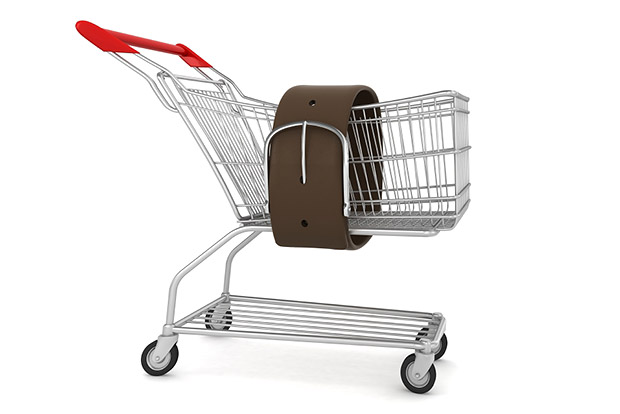
Smart food choices don’t have to be expensive. Here are a few tips to make healthy eating more affordable.
Visit the bulk bins.
In the bulk bin section of health food stores, you can purchase everything from cereals, grains, and flours to nuts, seeds, and dried beans. You select the amount you want, and then pay for these items by weight so they are often less expensive than pre-packaged varieties. Shopping from bulk bins also allows you to buy only what you need. For example, perhaps you want to make a new muffin recipe using amaranth flour, but you aren’t sure you will like it. When you buy only what you need for the recipe, you spend less money, and avoid wasting an ingredient if you dislike it.
Seek out international markets.
Small jars of herbs and spices at the supermarket are expensive. At an international market, you will find these same items in larger quantities at a lower cost. The same is true for grains and rice. You are also likely to find more varieties. According to The Ohio State University Extension, ground herbs and spices should be used within 6 months, and whole spices should be used within 1 to 2 years. If the quantities you find at your international market are too large to finish, consider dividing them with friends, which will save you even more money.
Buy seconds.
If you shop at your local farmer’s market, don’t seek out the prettiest product. Many vendors hold back crates of fruits and vegetables with slight imperfections -- an odd shape, or a slight blemish. These small imperfections can easily be cut off before using, and you’ll pay less for the same delicious produce. Just make sure the bumps and blemishes are only on the surface, and not signs of deep bruises or rotting, which can influence food safety and nutrient content.
Mix frozen and canned with fresh.
Stock up on in-season fruits and vegetables when they are more affordable. Use preservation methods, such as freezing and dehydrating, for snacks and meals throughout the year. Frozen fruits and vegetables maintain many key nutrients so incorporate frozen foods with fresh to save money. Canned fruits and vegetables can be healthy too, but be sure to look for options that are low-sodium and low-sugar. Check nutrient and ingredient labels to ensure excess salt and sugar have not been added. Rinse canned beans and vegetables before using to reduce sodium content.
Cook more.
The cost of eating out adds up in dollars and calories. Cooking your own meals not only saves money, but it is the best way to gain better control of your food intake. For example, if you choose to eat out every day for lunch, you will spend at least $30.00 for the week and consume 3,000 or more calories. You can purchase the ingredients to make salads all week, such as our Tex-Mex Vegetable Salad, for under $20.00 and you will consume about 1,800 calories.
You will have to trade some time for money, but the reward is worth it. If you do not cook now, set small goals for yourself at the beginning of the week. Commit to cooking one meal. Once you accomplish that, set the goal a little higher each week. You will soon gain control over your money and your calories.



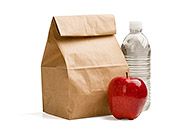 3 Healthy Lunches for Your Work Week
3 Healthy Lunches for Your Work Week
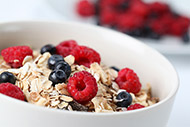 Best Ways to Reduce Added Sugar
Best Ways to Reduce Added Sugar
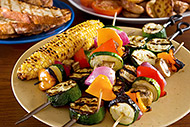 Healthy Tips to Lighten Up Picnic Foods
Healthy Tips to Lighten Up Picnic Foods
 Do You Need to Drink Milk?
Do You Need to Drink Milk?
 Tips to Keep Track of Water Intake
Tips to Keep Track of Water Intake
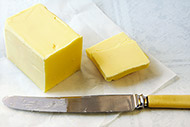 Butter vs. Margarine: What’s the Best Choice?
Butter vs. Margarine: What’s the Best Choice?
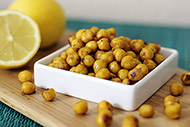 7 Good Mood Foods
7 Good Mood Foods
 Healthy Snacks for Weight Loss
Healthy Snacks for Weight Loss
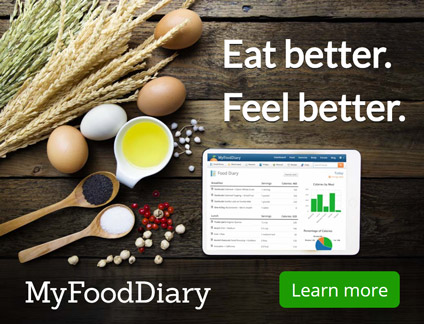
 Pinterest
Pinterest RSS Feed
RSS Feed